|
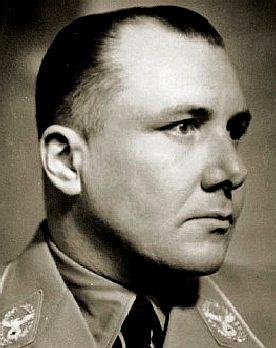
MARTIN
BORMAN
Martin Bormann (17 June 1900 – 2 May 1945) was a prominent official in Nazi Germany as head of the Nazi Party Chancellery. He gained immense power by using his position as Adolf Hitler's private secretary to control the flow of information and access to Hitler. He succeeded Hitler as Party Minister of the National Socialist German Workers' Party after Hitler's suicide on 30 April 1945.
Bormann joined a paramilitary Freikorps organisation in 1922 while working as manager of a large estate. He served nearly a year in prison as an accomplice to his friend Rudolf Höss (later commandant of
Auschwitz concentration camp) in the murder of Walther Kadow. Bormann joined the Nazi Party in 1927 and the Schutzstaffel (SS) in 1937. He initially worked in the party's insurance service, and transferred in July 1933 to the office of Deputy Führer
Rudolf
Hess, where he served as chief of staff.
Bormann used his position to create an extensive bureaucracy and involve himself as much as possible in the decision making. He gained acceptance into Hitler's inner circle, and accompanied him everywhere, providing briefings and summaries of events and requests. He began acting as Hitler's personal secretary on 12 August 1935. Bormann assumed Hess' former duties, with the title of Head of the Parteikanzlei (Party Chancellery), after Hess' solo flight to Britain on 10 May 1941 to seek peace negotiations with the British government. He had final approval over civil service appointments, reviewed and approved legislation, and by 1943 had de facto control over all domestic matters. Bormann was one of the leading proponents of the ongoing persecution of the Christian churches and favoured harsh treatment of Jews and Slavs in the areas conquered by Germany during
World War II.
Bormann returned with Hitler to the Führerbunker in Berlin on 16 January 1945 as the Red Army approached the city. After Hitler committed suicide, Bormann and others attempted to flee Berlin on 2 May to avoid capture by the Soviets. Bormann probably committed suicide on a bridge near Lehrter station. The body was buried nearby on 8 May 1945, but was not found and confirmed as Bormann's until 1972; the identification was reaffirmed in 1998 by
DNA tests. Bormann was tried in absentia by the International Military Tribunal in the Nuremberg trials of 1945 and 1946. He was convicted of war crimes and crimes against humanity and sentenced to death by hanging.
In
this fictional John Storm adventure, Martin Bormann is a member of the
elite "Inner
Circle of Six." A reserve plan to restore German world domination
interests, with benefits for those investing at an early stage.
A
- Z OF NAZI GERMANY
|
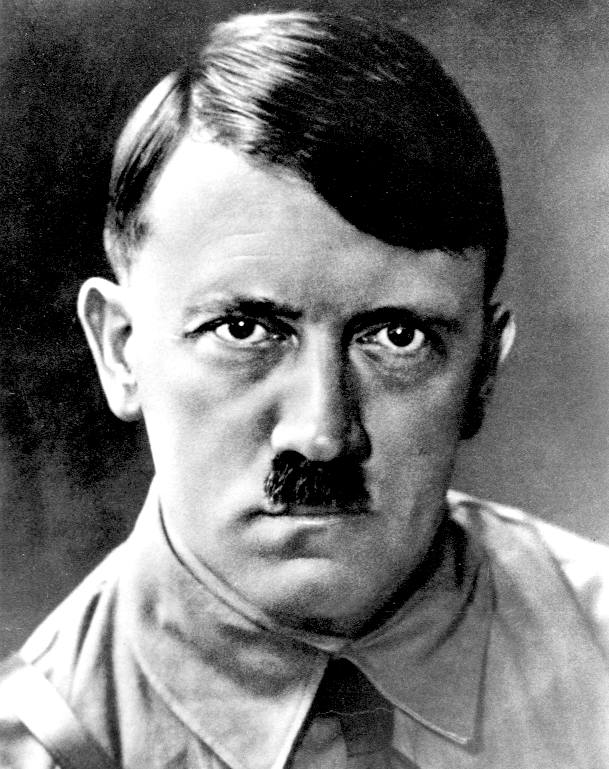
Adolf
Hitler
German
Chancellor
|
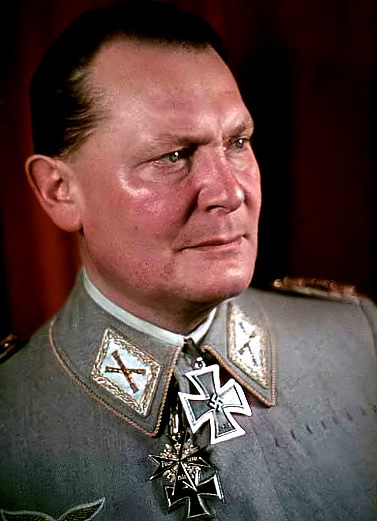
Herman
Goring
Reichsmarschall
Luftwaffe
|
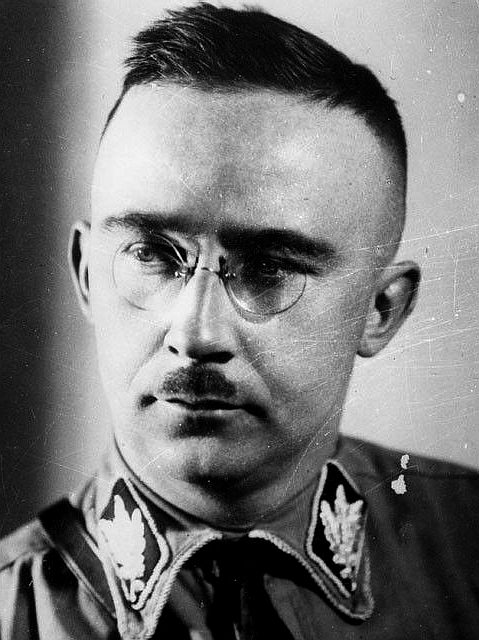
Heinrich
Himmler
Reichsführer Schutzstaffel
|
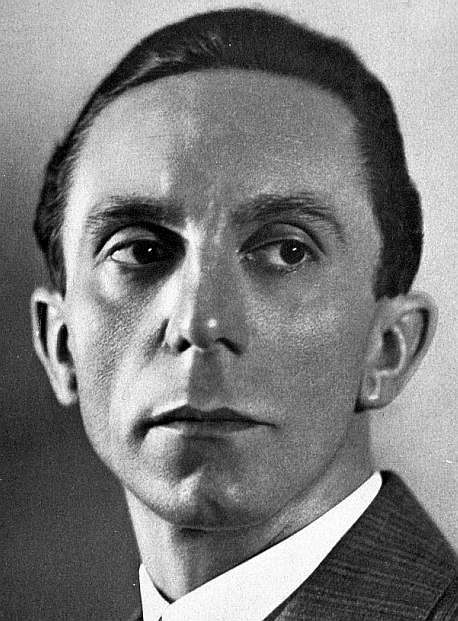
Joseph
Goebbels
Reich Minister Propaganda
|
|
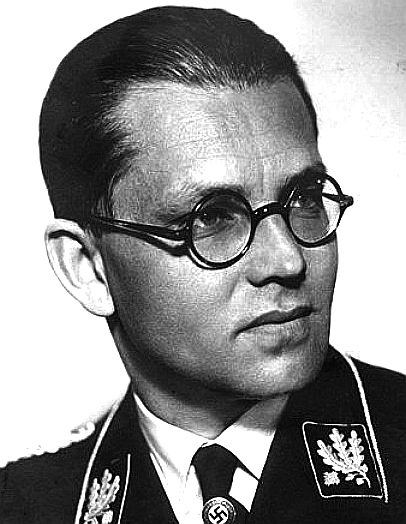
Philipp
Bouhler SS
NSDAP
Aktion T4
|
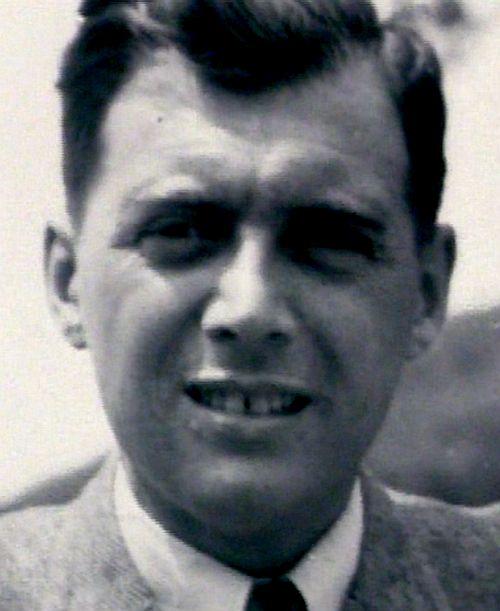
Dr
Josef Mengele
Physician
Auschwitz
|
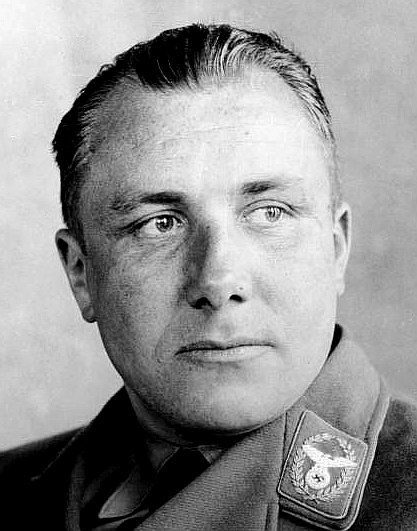
Martin
Borman
Schutzstaffel
|
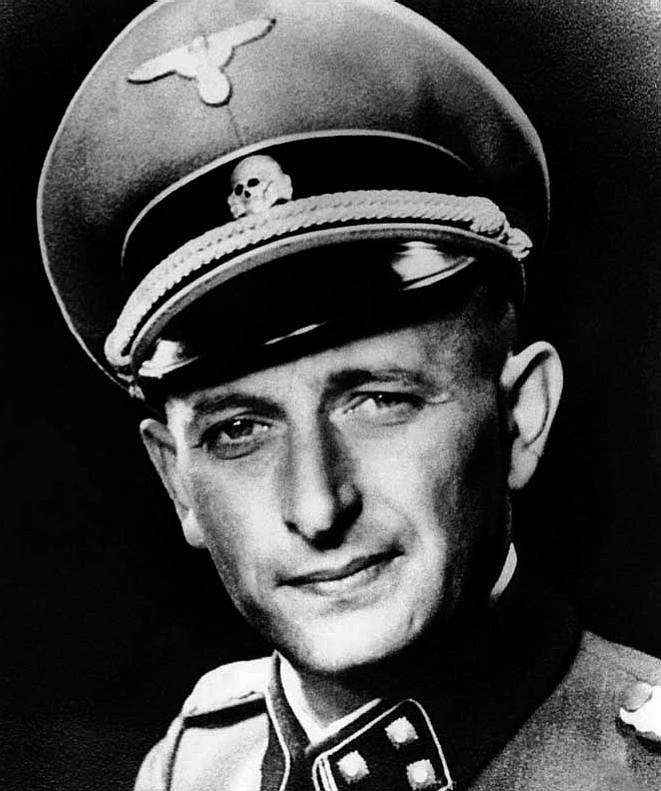
Adolph
Eichmann
Holocaust
Architect
|
|

Erwin
Rommel
The
Desert Fox
|
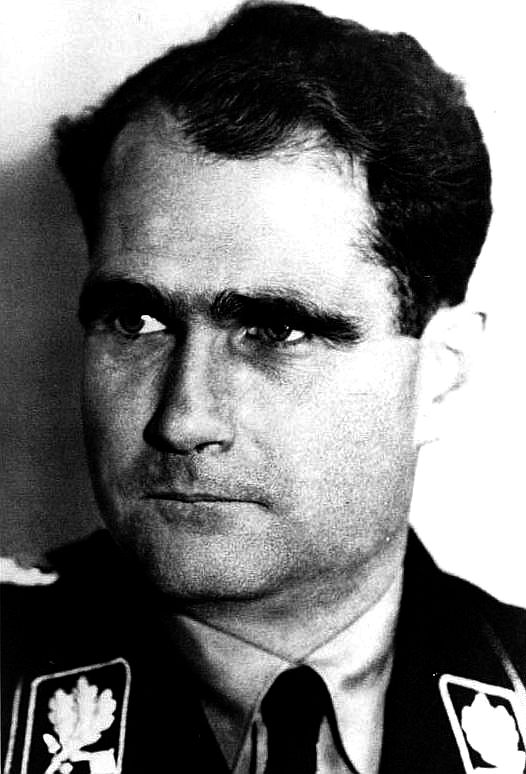
Rudolf
Hess
Auschwitz
Commandant
|
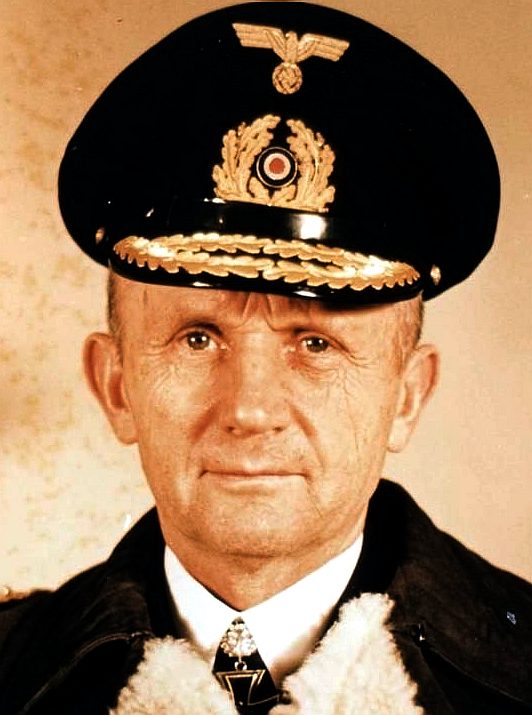
Karl
Donitz
Submarine
Commander
|
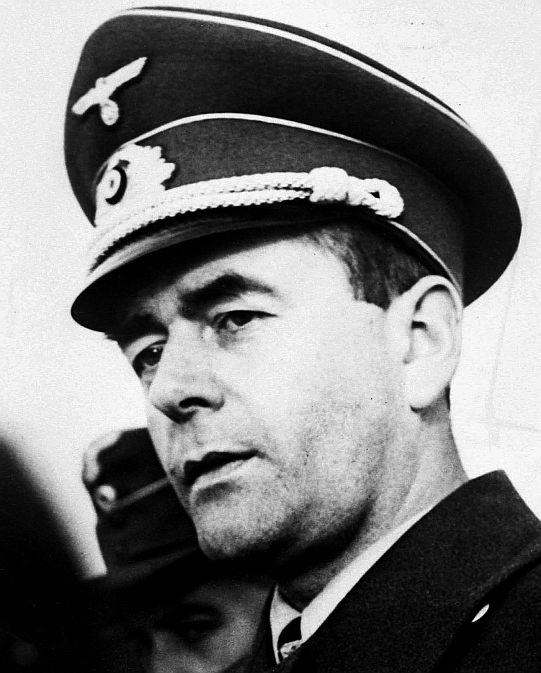
Albert
Speer
Nazi
Architect
|
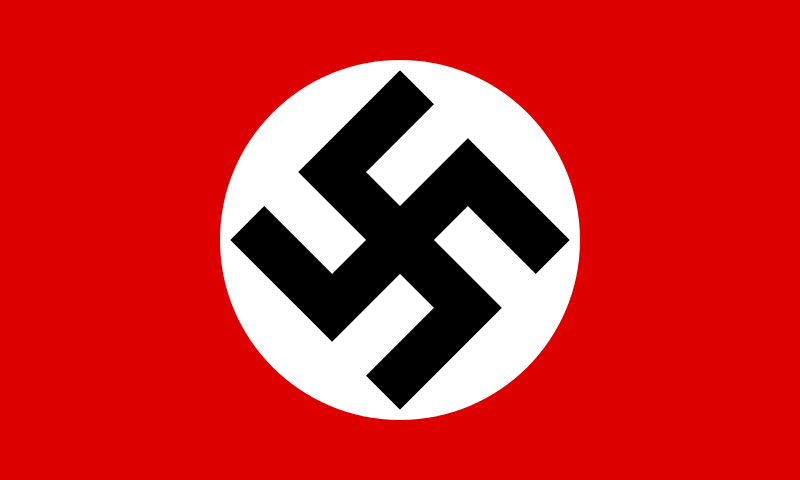
Good,
bad & evil A-Z
of humanity HOME
|
|
This
site contains copyrighted material the use of which has not always been
specifically authorized by the copyright owner. We are making such
material available in our efforts to advance understanding of
environmental, political, human rights, economic, scientific, and social
justice issues, etc. We believe this constitutes a 'fair use' of any such
copyrighted material as provided for in section 107 of the US Copyright
Law. In accordance with Title 17 U.S.C. Section 107, the material on this
site is distributed without profit to those who have expressed a prior
interest in receiving the included information for research and
educational purposes. FAIR
USE NOTICE
|













